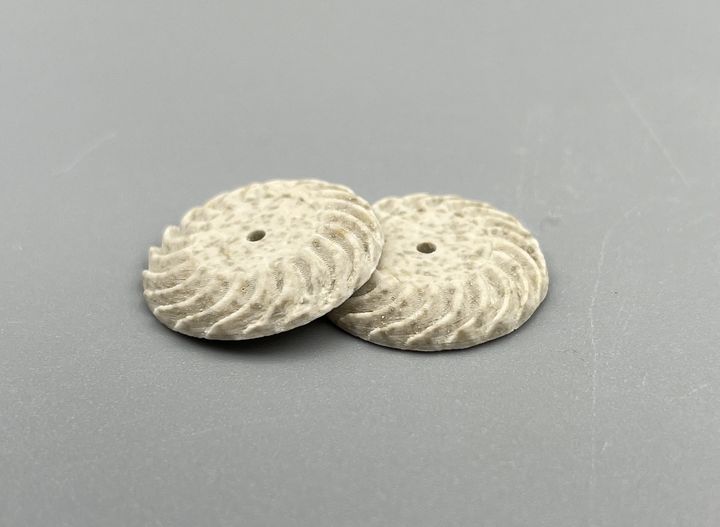
Tethon 3D announced a suite of three new and extremely interesting 3D printing resins suitable for industrial use.
The Omaha-based company has been producing exotic 3D printing resins for many years, and more recently added their own DLP 3D printer, the Bison 1000. Their product set includes a wide variety of ceramic and metal resins, often made with materials I’ve honestly never heard of, like Osteolite Hydroxyapatite. This tells you the breadth of their offerings.

Now they’ve added to their already-comprehensive portfolio by adding three new resins with some unusual properties:
Graphenite: One of the world’s strongest materials, graphene, is lightweight and conductive. Potential applications using graphene include manufacturing parts with added mechanical strength and conductivity, increasing energy storage in batteries and super capacitors, anti-corrosive and scratch resistant coatings, efficient sensors and electronics and many other 3D printed parts.
Cordierite: This technical ceramic is used for parts requiring high thermal shock tolerance. Potential 3D printed applications include refractory shapes, welding tapes, ceramic mirrors, heaters, thermocouples, and insulators.
Mullite: This technical ceramic is valuable for its low thermal expansion, low thermal conductivity, excellent creep resistance, high temperature strength and good chemical stability. 3D printed applications include electrical insulators and end parts for the defense and aerospace industries.

What’s interesting about these materials is their strength, particularly in unusual operational scenarios. The abilities to resist heat, maintain shape when exposed to thermal gradients, and offer resistance to corrosive substances will be welcome properties for many designers. Their availability could lead to increased industrial use of 3D printing in certain applications.

The knock on resin 3D prints has long been that their strength is less than that obtained by FFF 3D prints. Here, we see the truth is more that the materials have to match the application’s requirements, and these can vary significantly. That seems to be the strategy for Tethon 3D, where they are filling the gaps where niche 3D printing materials are required.

In their press release, Tethon 3D CTO Greg Pugh says:
“Our team is very excited to launch these new materials. With the power of the Bison 1000 we are able to plug and play a wide variety of technical ceramics.”
It’s not clear whether these materials are solely for use with Tethon 3D’s Bison 1000 3D printer, or whether they can be used in third party equipment. Technically, I suppose they can, but Tethon 3D will certainly be providing highly tuned print profiles for the Bison 1000 to ensure good quality results are obtained.
Via Tethon 3D
